Presentation
Infant born with dysmorphic head.
Patient Data


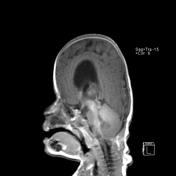

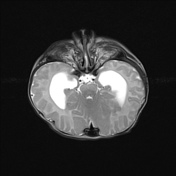

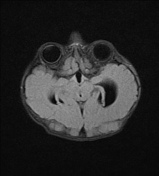

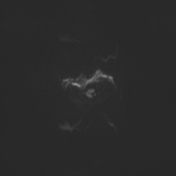

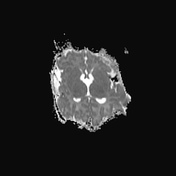



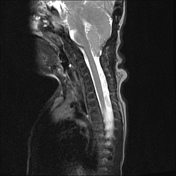






Non ossified skull vault bilaterally close to the vertex and in the inferior temporal bones, especially on the left with dural protrusion.
Hypertelorism. Severe bilateral proptosis ( due to shallow orbits ).
Small posterior fossa with marked cerebellar tonsillar herniation ( to the C2/C3 junction ).
Case Discussion
Craniofacial syndromes are a collection of the most severe forms of congential craniofacial abnormalities, believed to result from a failure in the degree of migration of mesenchyme to the skull base and face.
The syndromes include: Crouzon, Apert, Coffin-Lowry and Pfeiffer's.
Many of the abnormalities between the syndromes are common, such as proptosis, hypoplastic sinuses and calvarial thinning. The features vary with the sutural craniosynostoses.
Features of Pfeiffer's syndrome include:
- cloverleaf brain
- proptosis and hyperteleorism
- calvarial thinning with or without a pseudoencephalocele
- small posterior fossa with cerebeller tonsilar herniation
- bony spiculation
- turcephaly - due to premature closure of the coronal, sagittal and lambdoid sutures
Sadly, the CT also performed is not available to illustrate the bony spiculations in this case.




 Unable to process the form. Check for errors and try again.
Unable to process the form. Check for errors and try again.